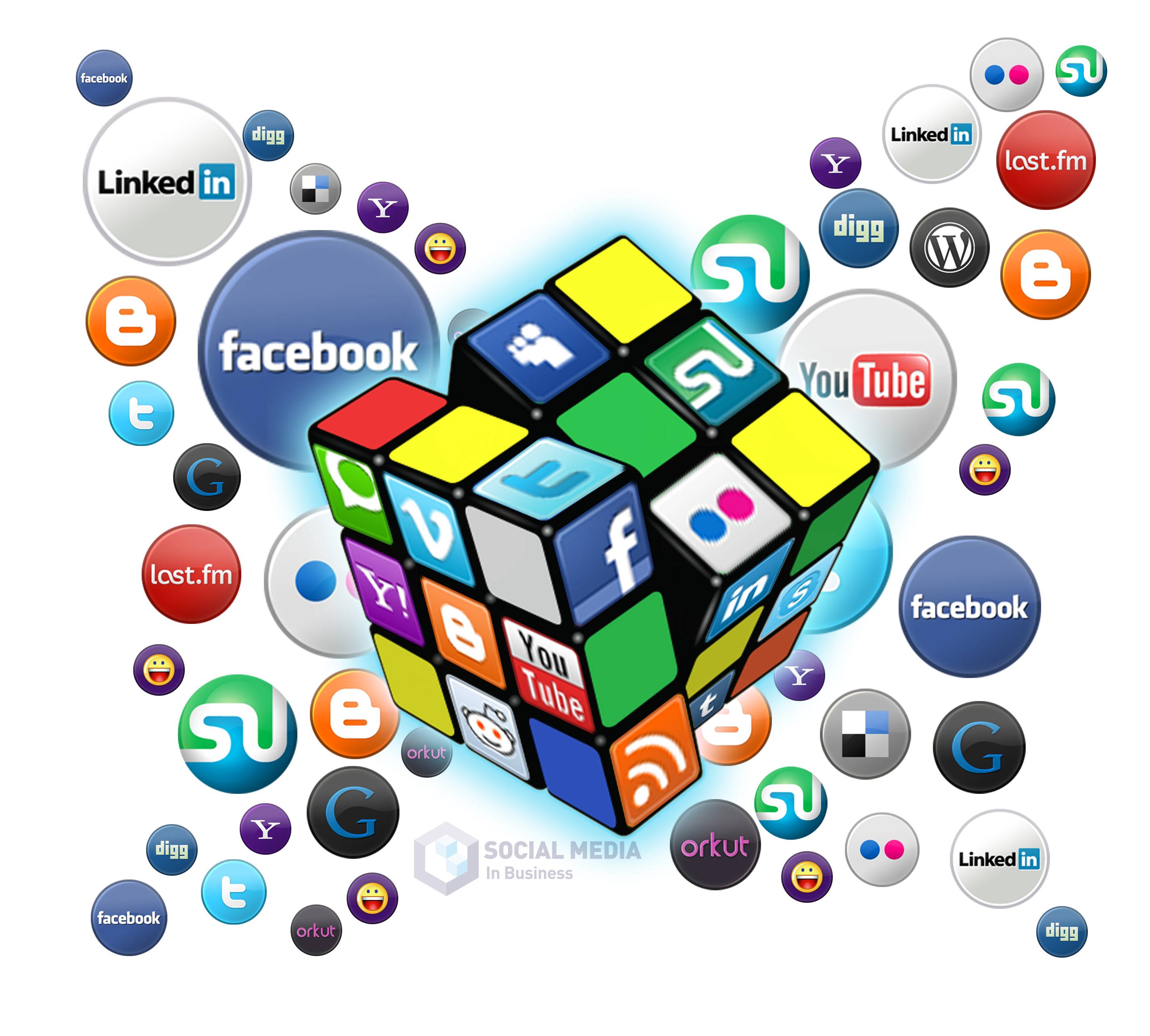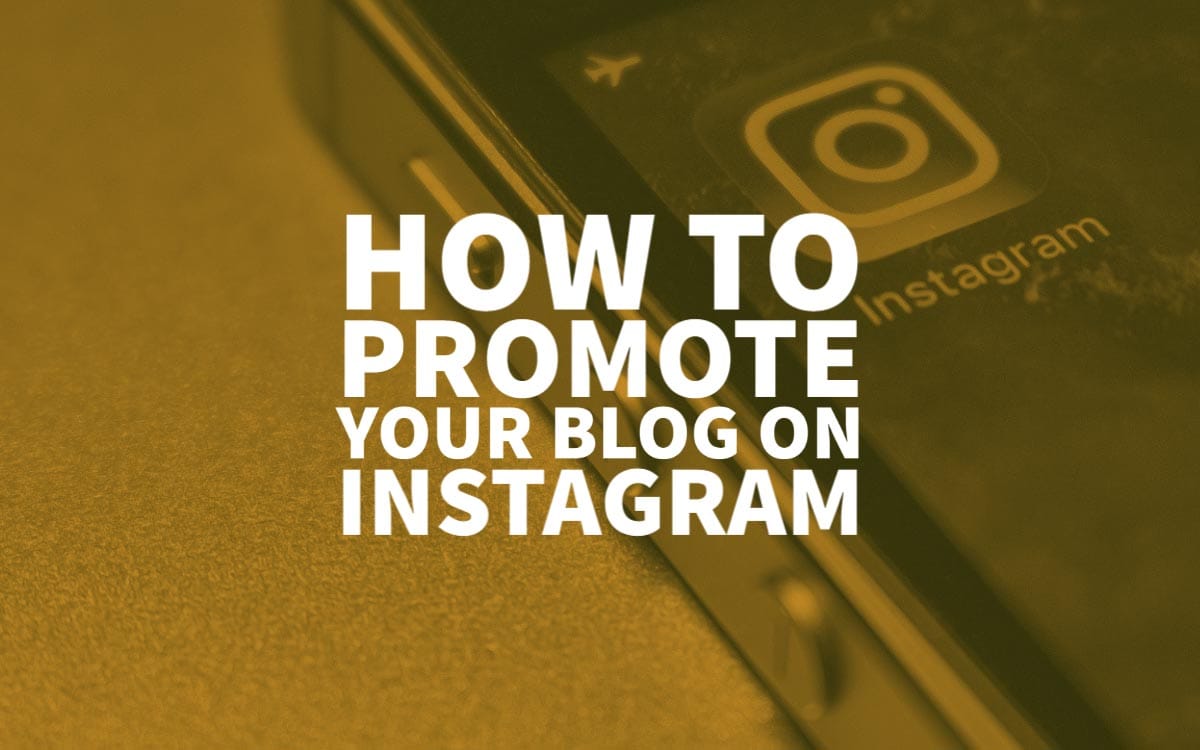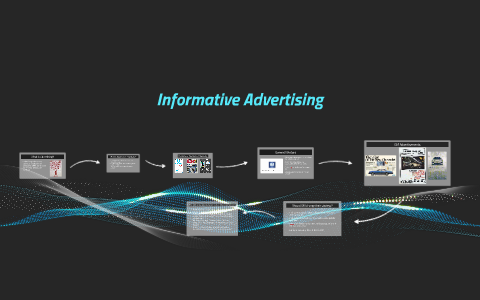
You must anticipate the needs and concerns of your audience when writing ads. You will lose their interest if you don’t. These tips can help you make an advert that makes your point. You want to make your advert entertaining for your target audience. This will make the advertisement memorable and keep readers reading.
Advertising copywriting: Lessons
A writer's ability to communicate an idea in writing is often key to the success of an advertisement campaign. Erica Igue is a bestselling author who teaches you the tricks of her trade. She explains the principles of advertising copywriting, useful techniques and creative tools. She also covers how an ad campaign is created, from the concept to the finished product.

First, a good copywriter should understand the customer. They must know their likes and dislikes, their interests and any obstacles they may face in making a purchase. This is vital to understanding the customer's needs. Grasshopper's homepage is a good example of understanding your audience. It says, "Sounds Like a Fortune 500 Company." The company understands that sounding big is crucial to attracting customers.
Persuasive language
Advertising includes persuasive language. It appeals to the emotions and inner logic of the target audience. Some advertisements don't give information about the product at all, while others don’t even mention the product's identity. Telephone companies' commercials appeal to both nostalgic and happy parts of their customers.
Online advertisements are often written in persuasive language. Some of the common persuasive devices found in online advertisements include questions, imperatives, personal pronouns, possessive pronouns, abbreviated sentences, and emotional appeal.
Call to action
An advertisement's Call to Action should be simple and clear. It should encourage visitors to take action and lead them into a sales funnel. CTAs should be concise and simple. They can be as short as one sentence or even a button. This will grab the attention of the viewer, making it easier to click the call to action button.

A call to action is a popular ad text that can appear on websites. A good example of a CTA is "Apply Now", which can be used to encourage job applicants to apply. It can also be used to encourage people to apply for a higher education institution. Airlines like Southwest Airlines also use "Book Now".
FAQ
What is radio advertising?
It is important that you understand the differences between media. The most important thing to remember is that all forms of media are complementary rather than competitive.
Radio advertising can be extended to television. Radio complements television advertising by reinforcing key messages or providing additional information.
Radio listeners are often not able to handle long TV commercials. Radio ads are typically shorter and less costly.
How can you choose your target audience?
Start with yourself and those closest to your heart. Do you not know where to start? Ask yourself "Whom do I want to reach?"
These are some questions to ask yourself: Who is the most influential person in my industry? What are their daily problems? Which people are the most intelligent in my industry? Where can they be found online?
Return to the beginning. What was your motivation for starting? What problem solved you for yourself? How did that happen?
These answers will help you identify who your ideal clients are. You'll also learn more about what makes them tick and why they buy from you.
To get clues about who they cater to, you can also check out your competitors' social media pages and websites.
Once you identify your target customers, then you must decide which channels to use to reach these people. A website might be created to reach home buyers, for instance, if your business provides services to agents in real estate.
You could create a blog if you offer software to small business owners.
If you sell clothing, you could create a Facebook page for teens. A Twitter account could be set up by restaurant owners to allow parents to search for places that are kid-friendly.
The point here is that there are many ways to get your message across.
Is it possible to get traffic for free?
Free traffic refers to traffic which comes directly from organic search results. This is also known as organic or natural traffic. There are many options to get free traffic like article marketing and social media marketing.
Article Marketing is a popular way to get traffic for free. It has an extremely low cost-per-click (CPC). The CPC is usually very cheap compared to paid ads. Content marketing is also known by the term article marketing.
Social Media Marketing – Social media platforms like Facebook, Twitter and LinkedIn let you promote your business via advertising. You can use these platforms to post updates, share photos and build relationships with people who may become potential customers. Many businesses opt to purchase ad space on social networks because they want to reach a larger audience for a more affordable price.
Blogging-Blogging is another great way of generating free traffic. If you create quality content that people love to read, visitors will find you. Once you're attracting visitors, you can monetize your blog by selling products or services.
Email Marketing – Email marketing has been around ever since the dawn of the Internet. However, it remains one of your best methods to drive traffic to you website. You can grow your list and eventually sell to subscribers by sending them emails frequently.
How much does advertising on social media cost?
You should be aware that social media advertising costs money. You will be charged monthly for your time spent on each platform.
Facebook - $0.10 per 1,000 impressions
Twitter - $0.20/1000 impressions (if applicable)
Linkedin - $0.30 per 1,000 impressions if you send out invitations
Instagram - $0.50 for 1,000 impressions
Snapchat - $0.60 for 1,000 impressions ($0.40 Per User)
YouTube - $0.25 for 1,000 views
Tumblr $0.15 for 1,000 impressions text posts
Pinterest - $0.05 per 1,000 impressions per month
Google+ - $0.15 to $0.0.20 per 1,000,000 impressions
Tumblr $0.15- $0.20 for 100,000 impressions
Vimeo – $0.20- $0.25 Per 10,000 Impressions
Soundcloud - $0.20-$0.25 per 1 million plays
StumbleUpon - $0.20 -$0.25 per 1 billion pageviews
Digg - $0.20 to $0.25 per 1000 diggs
Reddit - $0.20 - $0.0.25 per 1000 Comments
Wordpress $0.20-$0.25 per 500 Comments
Flickr - $0.20 -- $0.25 per 5,000 photo uploads
What is an ad-campaign?
An advertising campaign is a series of advertisements designed to promote a product or service. It could also refer the entire production of such advertisements.
The Latin word "to sell" gave rise to the term "ad". Marcus Terentius Varro (116–27 BC) was the first person to use it. It meant "to sell".
Advertising campaigns are often carried out by large agencies or companies. They may involve many different media types, including print, television, radio, internet, etc.
Advertising campaigns typically last for several months and have specific goals. Campaigns can be targeted at increasing awareness or sales, for example.
What is the basic purpose of advertising?
Advertising is more than selling products. It's about building an emotional connection with your customers.
Advertising is about communicating your ideas and values to people who already care about what you have to say. It is about changing attitudes and minds. It's all about building relationships.
It is all about making people feel good.
However, if your customers don't want what you have to offer, you won't be able to sell anything.
It is essential to first understand the needs and purchasing habits of your customer before you embark on any advertising project.
Then you can design ads that will resonate with them.
What are the basics of print advertising?
Print advertising is an effective medium for communicating with consumers. Many companies use print advertising to promote their products. It is designed to attract the attention of the customer.
Print ads are usually one-page long. They contain text, images, logos, and any other graphics. They may also include sound, animation, video, and hyperlinks.
The following are the main types print advertisements:
1. Brochures - Large format printed brochures are used to draw people in to stores. They often have colorful pictures and eye-catching designs.
2. Catalogues – These are smaller versions to brochures. They are sent to customers who have requested specific information.
3. Flyers - These are small pieces of paper distributed at events such as concerts and fairs. They are generally free but must be paid for if they are handed out at retail outlets.
4. Posters - These are larger versions of flyers. They are displayed on walls, fences, and buildings. They are usually made using computer software programs, which is designed to draw the eye of passersby.
5. Direct mail: These are postcards or letters that are sent directly by post to potential customers. These are sent to customers periodically by businesses to remind them about their business.
6. Newspaper Ads - These advertisements are found in newspapers and magazines. They are usually quite long and contain both text and images.
Statistics
- Google will display whichever ad type (CPM or CPC) is expected to earn more revenue for the publisher, which is in Google's best interest since they take a 32% share of the revenue. (quicksprout.com)
- Advertising spending as a share of GDP was about 2.9 percent. (en.wikipedia.org)
- Worldwide spending on advertising in 2015 amounted to an estimated US$529.43 billion. (en.wikipedia.org)
- Nonetheless, advertising spending as a share of GDP was slightly lower – about 2.4 percent. (en.wikipedia.org)
External Links
How To
How to run paid ads
Paid advertisement is any marketing activity in the form of advertising where money is paid. This could be purchasing advertising space on the internet, placing ads in newspapers and magazines, as well as paying someone to promote you business online. Paid advertising can include display advertising, email marketing or mobile app promotion.
To ensure your campaign works well, you should know how much it costs and what kind of results you expect. You also want to consider whether or not you'll get enough return on investment (ROI) to justify the cost.
Before you can start a paid marketing campaign, you need to first identify potential customers for the product or service. If you have no idea, then start with free advertising like posting flyers around your neighborhood, making announcements at school, or sharing your message through social media sites.
Once you know your target audience, you can decide on the best way to reach them. Advertise in local newspapers if you are selling organic foods. You might also advertise on radio or TV if your product is cosmetics.
After deciding who you want your message to reach, determine how much you can spend. There are several methods you can use to calculate your spending budget. You can divide your budget into daily, weekly and monthly amounts. You can also use a spreadsheet program.